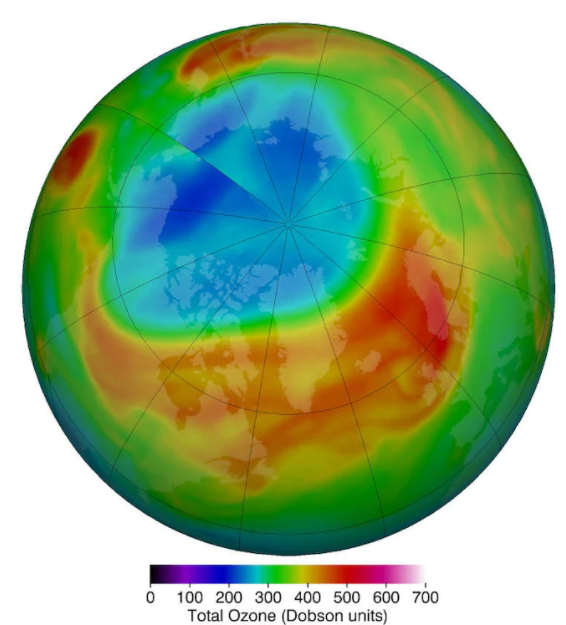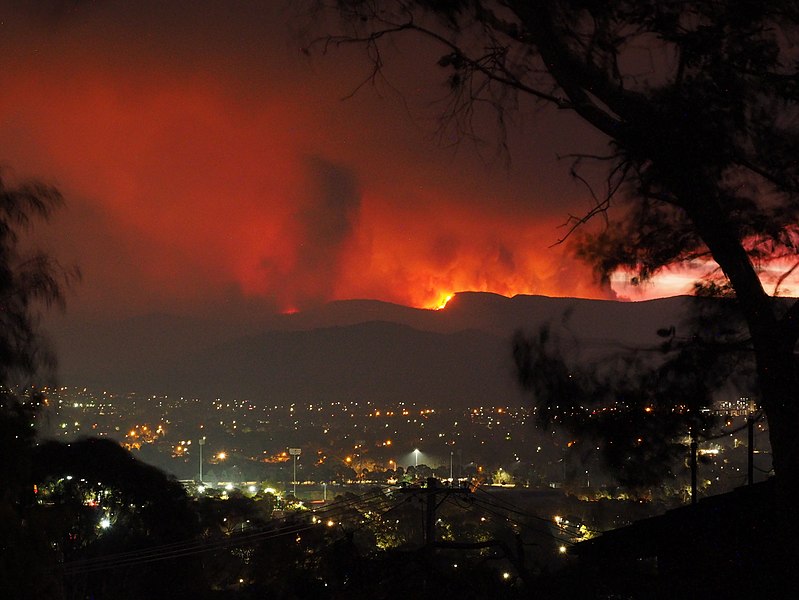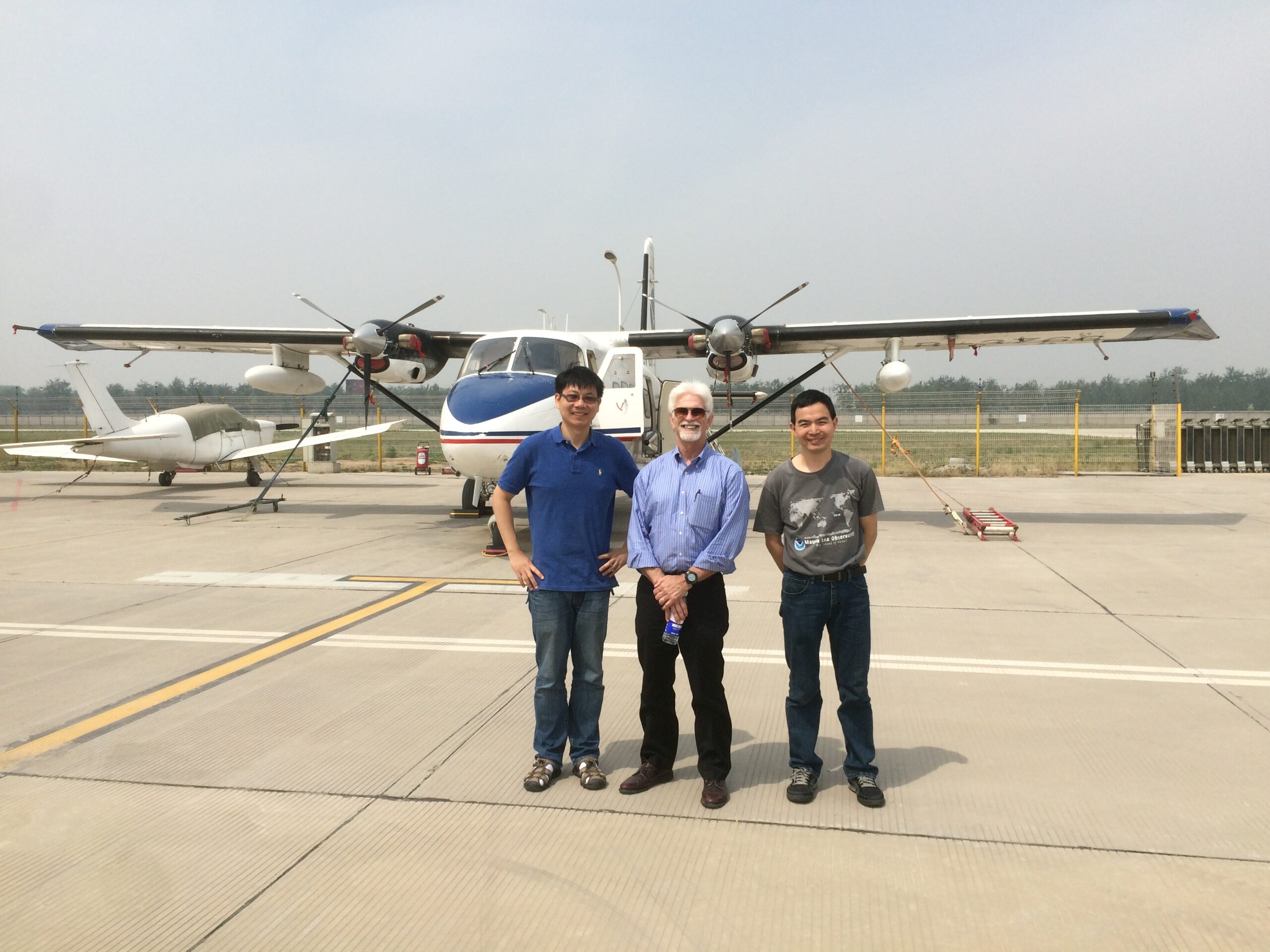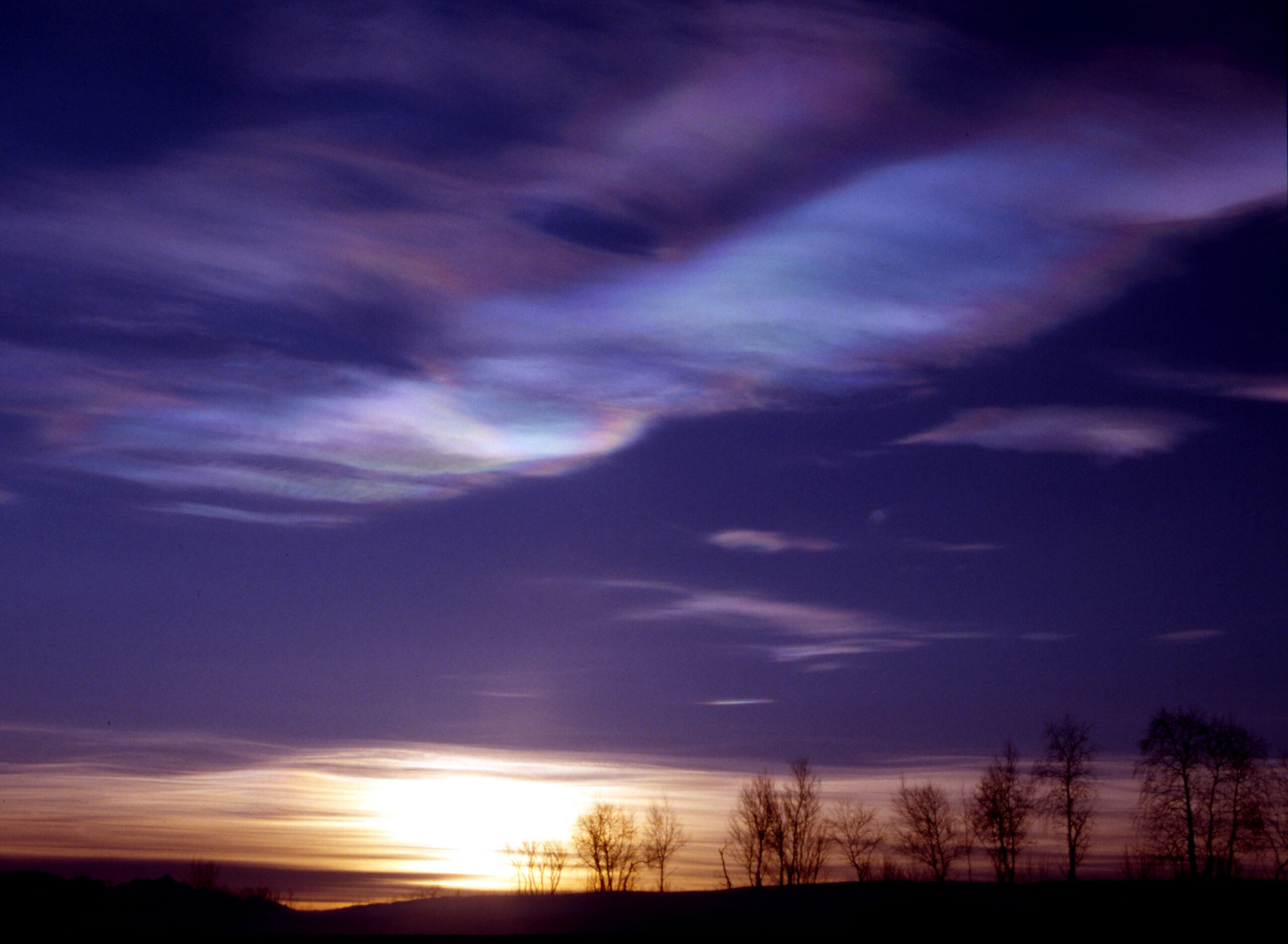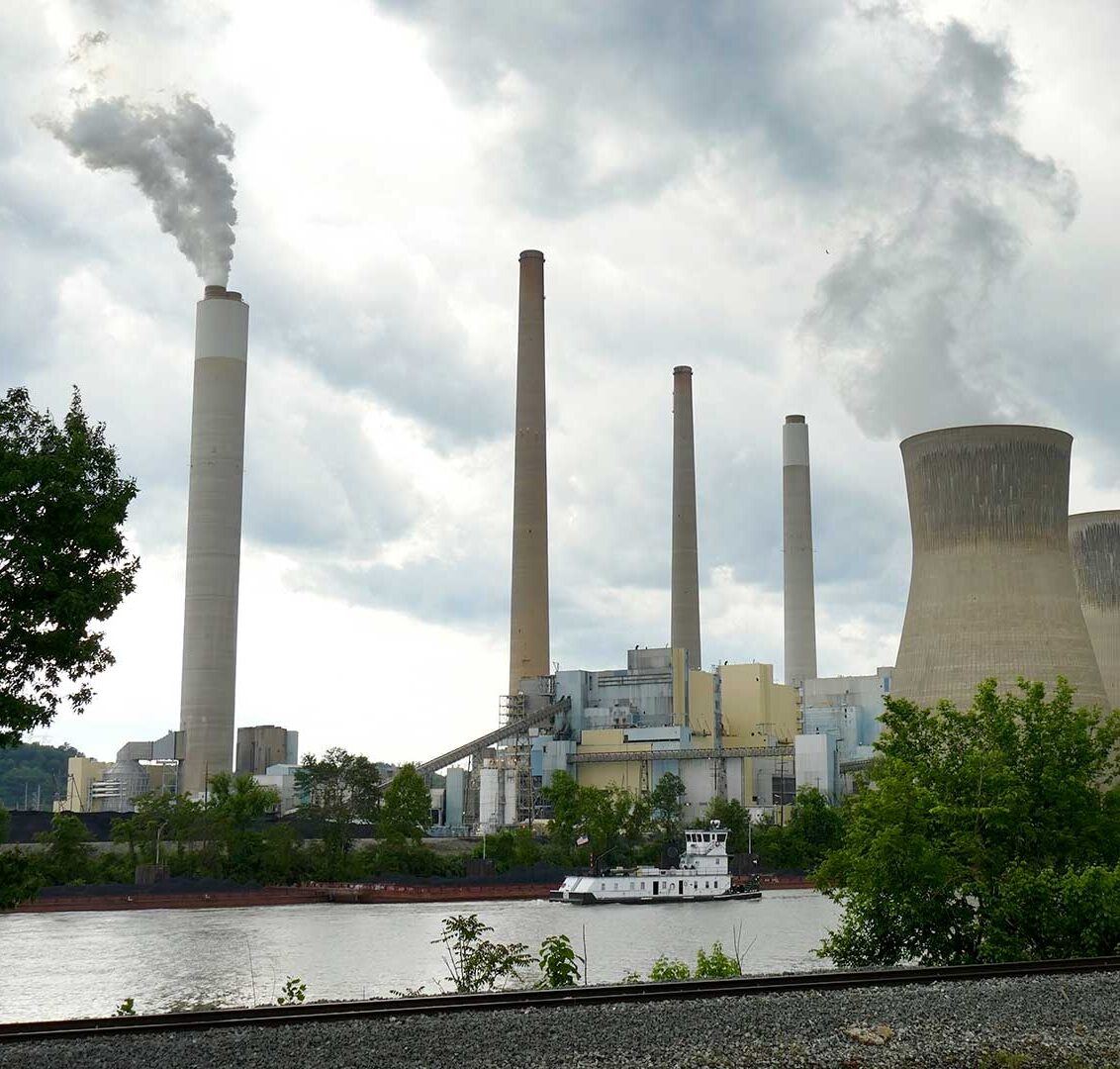ESSIC/CISESS Professors Ross Salawitch and Russell R.Dickerson as well as ESSIC/CISESS Assistant Research Professor Hao He have a new paper in Atmospheric Environment titled “Using near-road observations of CO, NOy, and CO2 to investigate emissions from vehicles: Evidence for an impact of ambient temperature and specific humidity”. The paper’s co-authors also include Dolly Hall, Xinrong Ren, and Timothy Canty from the University of Maryland’s Department of Atmospheric and Oceanic Science and Jennifer C. Hains, Daniel C. Anderson, and Cory R. Martin.


